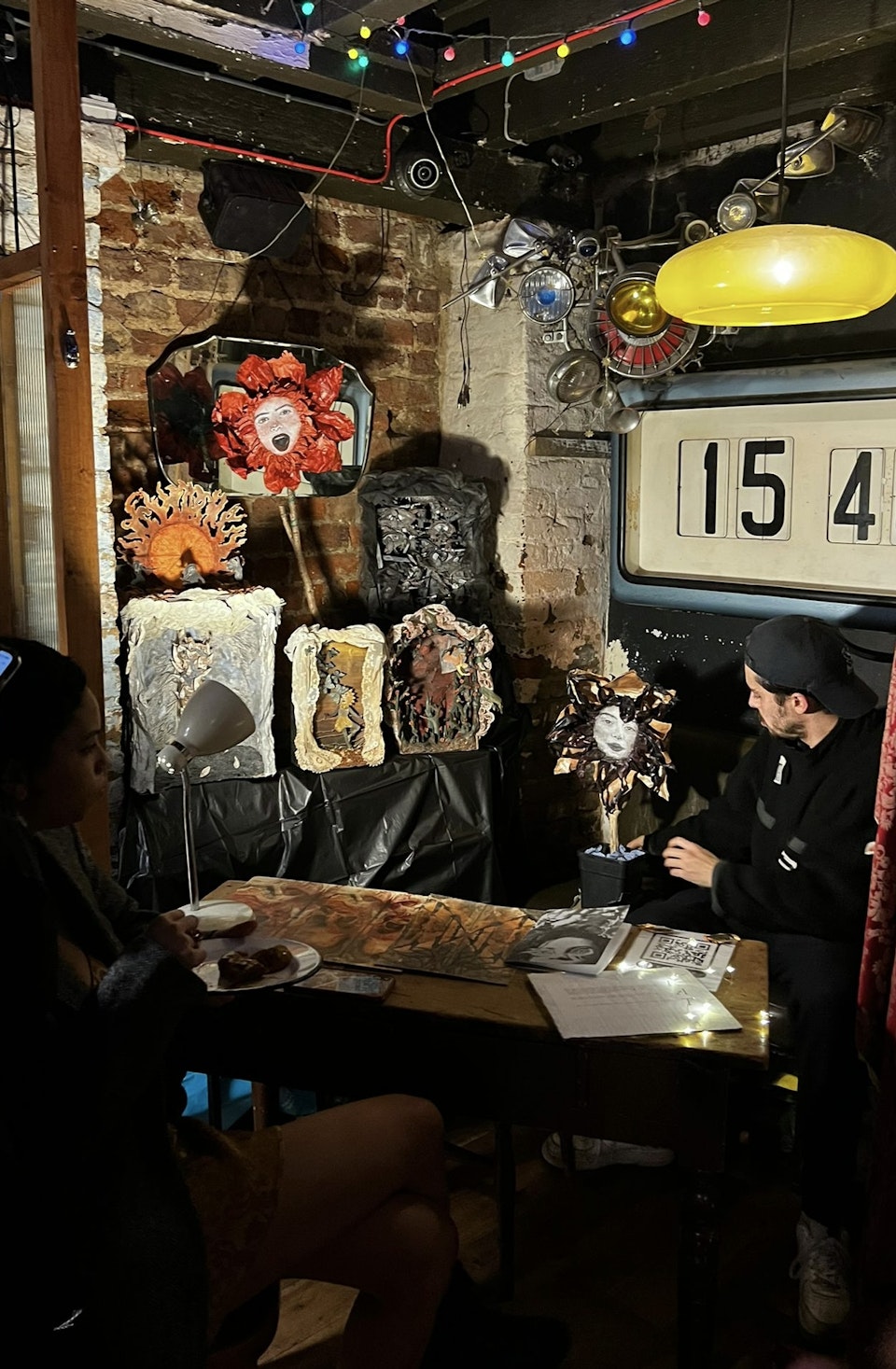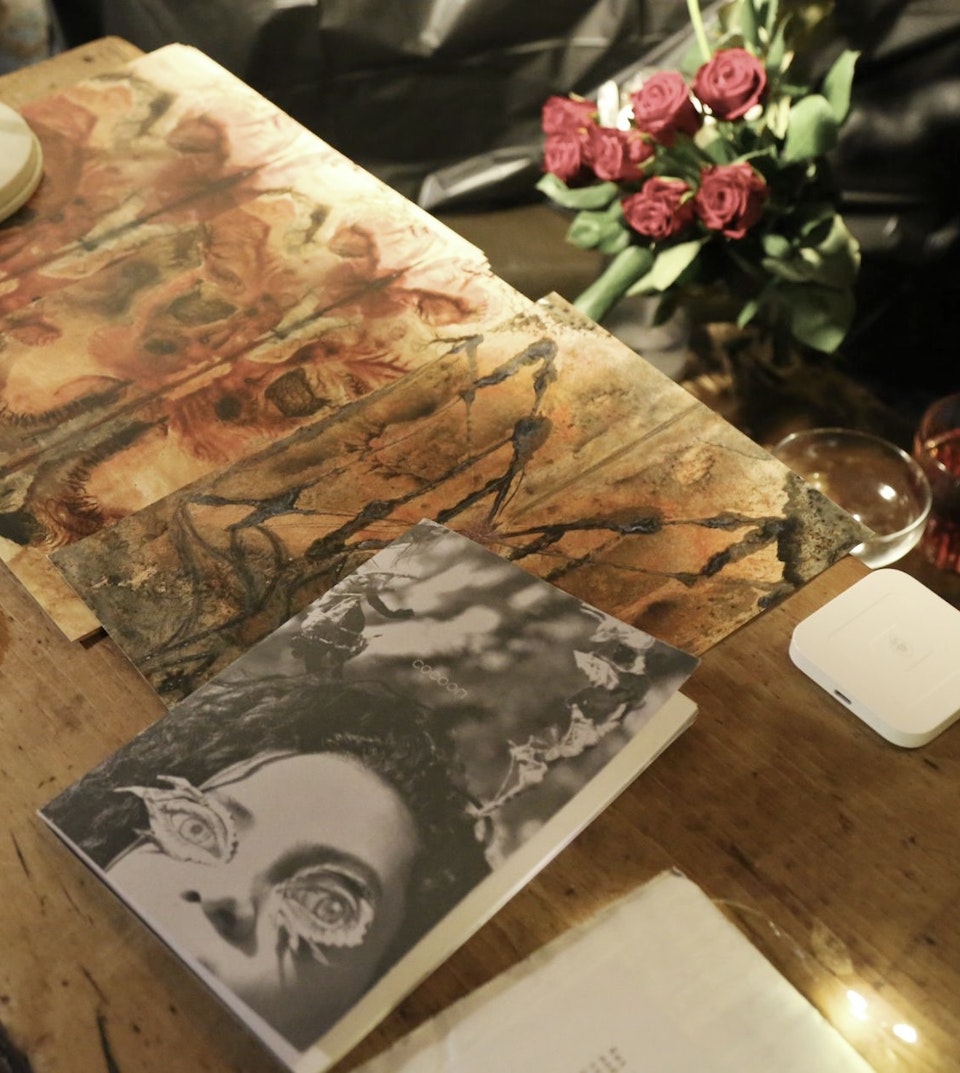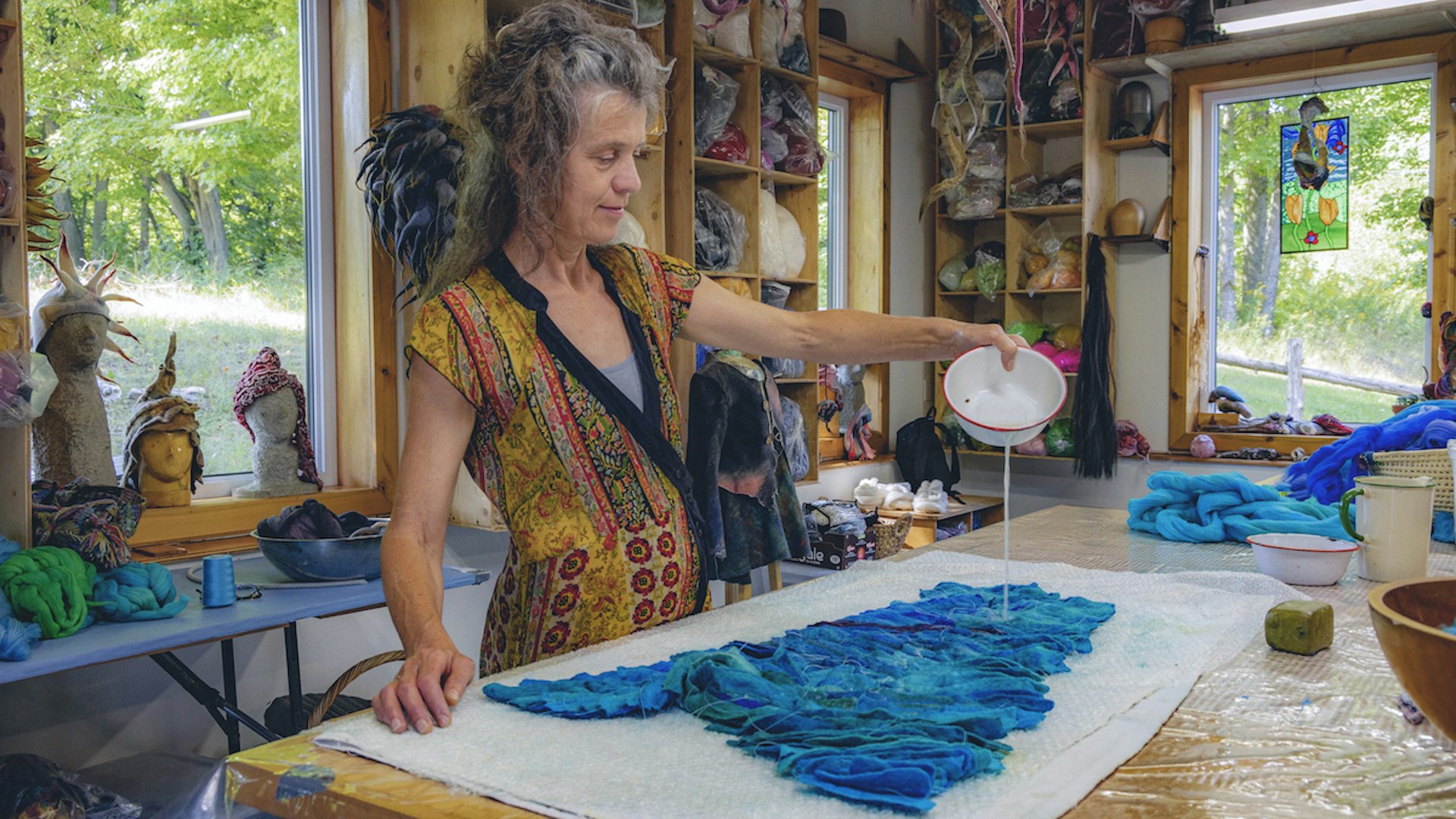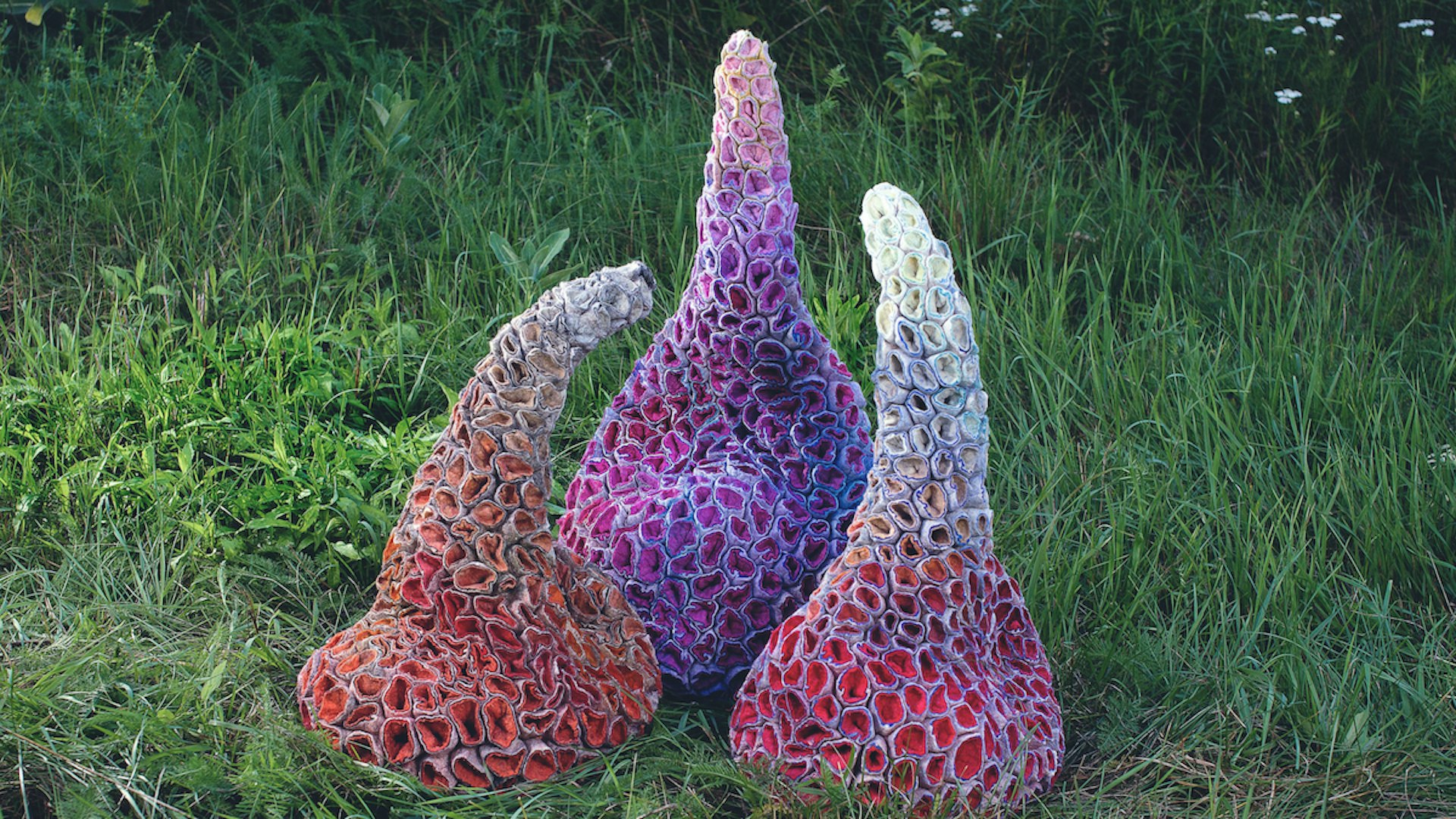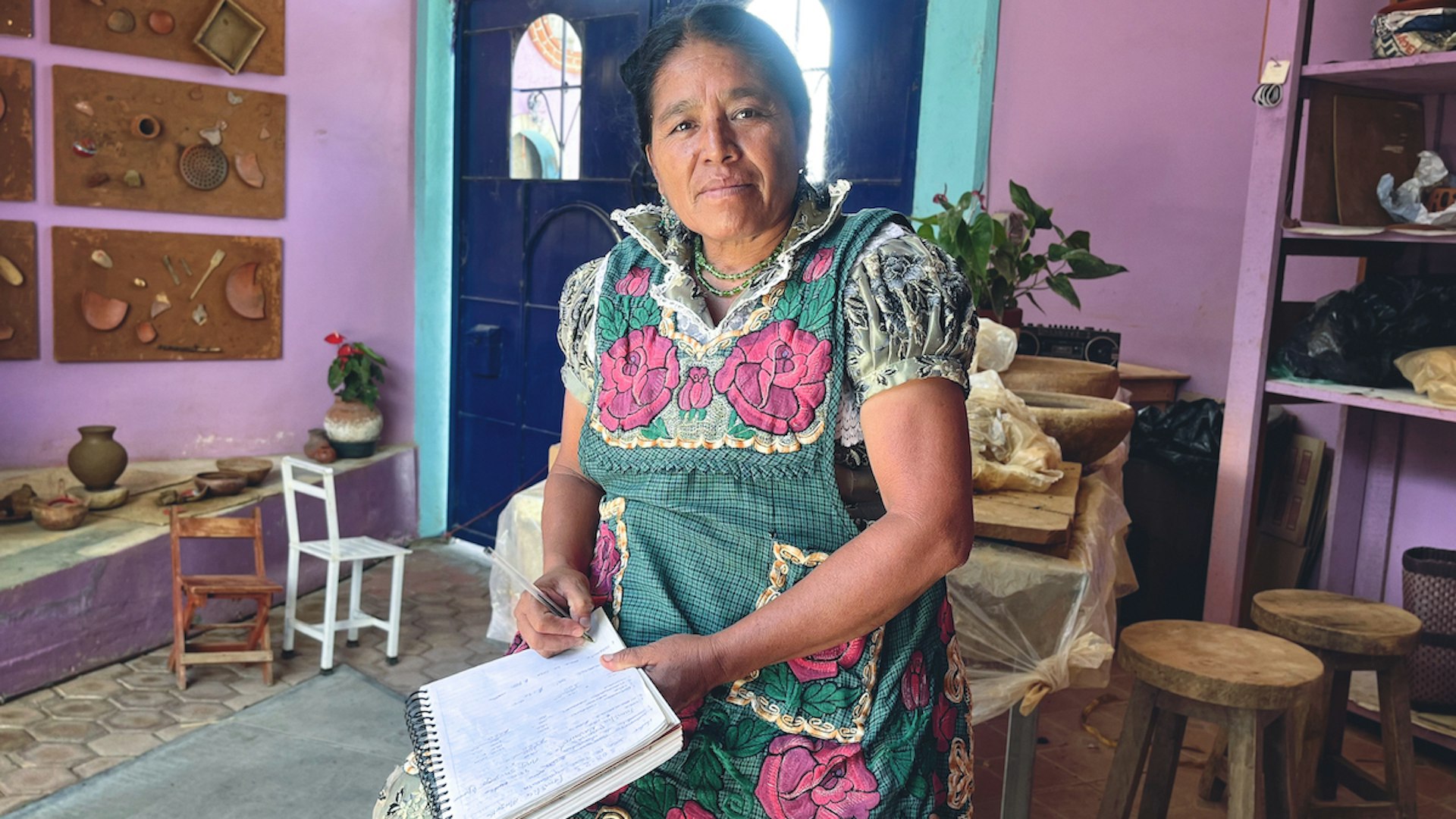February 05, 2024
Ikigai: How to Make Money as an Artist
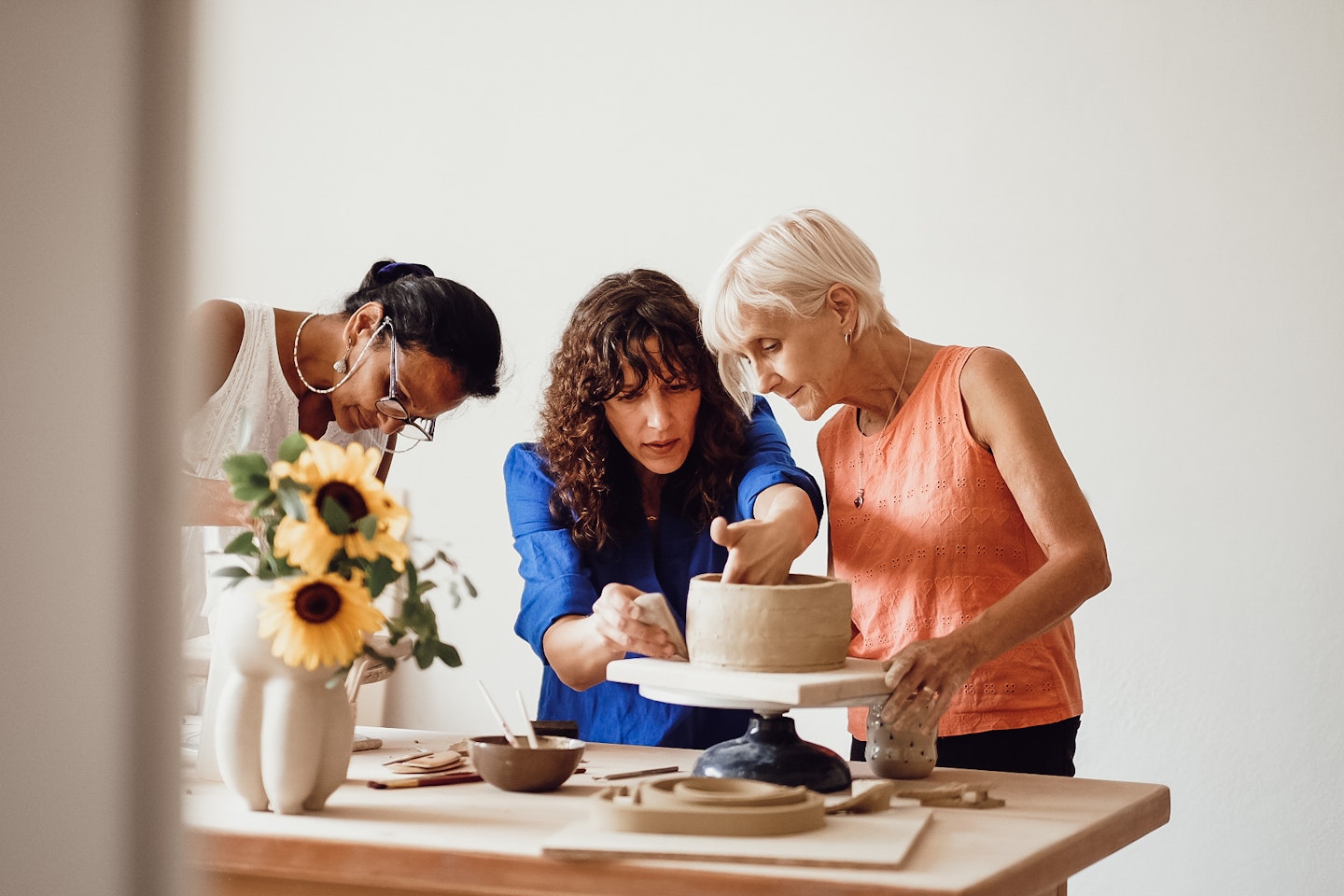
At last, the big question. One that looms large in this glorious, complicated, ever-shifting thing we call life. How can I make money as an artist, and do the thing that I love, the thing I feel compelled to do? Here at VAWAA, we love the Japanese concept of Ikigai. It’s rooted in four big questions that form a Venn diagram—What do you like to do? What are you good at? What can you get paid for? What does the world need? At the center, we find our motivating force.
We have already pondered on what it is the world needs, which is in turn what we need. And we have considered what our unique talents may be, and how our personal energy and interests manifest themselves. Now we turn our attention to the more practical aspect of living purposefully.
What Can You Get Paid For?
The subject of money—and getting paid—is an awkward one for most people. For artists, it can feel particularly tricky to navigate. Art and the act of creation are innate to the human being. For many of us active creative types, it feels difficult to attach a price point to something that we would make regardless of the possibility of money.
At the same time, we have to recognize the time and energy that goes into each project, as well as the fact that it now exists in the world because of you and your dedication. Artists need to recognize the value of their work to communicate that value to others.
I find that Ikigai is also helpful in that it’s reassuring when you’re lacking that confidence and perspective about your work. This is an ancient cultural practice that came from human beings, like you, who wanted to lead meaningful lives. It is a methodology that acknowledges the inherent value of sharing your unique interests and talents with the world.
You can (and should) get paid for the time and energy it takes to bring creative ideas to fruition and share them with the world. This may take different forms depending on your interests and skill set. You could sell a piece of personal art, create for or with an existing company, or freelance for particular events and projects.
When assessing how to make money as an artist, start by making note of the cost of your materials and a rough estimation of the time it takes to complete a project. Ask yourself how much you would spend or have spent, on something that inspires you. Talking with other creatives, or even simply noting their charges when you see them on Instagram or other platforms, can help build confidence. You can follow your passions in life and get paid for what comes out of it.
How I Make Money as an Artist
As an artist beginning my career, I’ve realized it’s all about connecting the dots. The magic lies in finding where the lines intersect between the themes of my work, the people who may be interested, and my environment. Undeniably, it would be validating to be on the art market and featured in galleries, but we all know that isn’t the most practical way of making money as an artist from the get-go.
Making prints of paintings is a great starting point, as it’s a relatively inexpensive way for people to have your art adorned on their walls. But when it comes to my personal sculptures, I yearned to present them in a more engaging way than a simple 2D print could afford.
Here’s the thought process I went through: I knew selling the physical artworks was unlikely as I’m not an established artist—and in my personal calculus, I knew I couldn’t part with them for anything less than $400. Thinking outside the box, I decided to translate the collection into a zine, which is available at the much more accessible price of $15. It’s filled with images as well as loose freeform text, appealing to readers and non-readers alike. Depending on your whereabouts, it’s often not hard to find independent bookstores that stock zines and zine fairs.
That brings up another point: Overall, your location is an important factor to consider. Living in London, I try to make the most of the cultural landscape. I’m lucky enough to work in hospitality with other budding creatives and have collaborated with them to create an event exhibiting and selling our work. Were I living in a less densely populated area, my focus would be on online marketplaces and global platforms.
Caption: Photos of my work featured in a recent staff exhibition at my day job.
As the zine revolves around the themes of adolescence and various relatable milestones, I’m considering how I might create a workshop experience for galleries and schools. Your passion project is the seed, and encouraging it to grow can lead to different branches and opportunities for income.
How VAWAA Artists Built Up Their Vocations
Working with VAWAA really broadened my perspective on what is possible for a creative. You only need to read a few VAWAA artist bios to realize how much opportunity lies in one person’s passion for artistry. Each is driven by their love for a particular craft, and by following that, they have found many avenues for income on their journeys.
VAWAA artist Marjolein at work in her studio.
Take Marjolein in Gore, Canada, a sculptural felting and wearable art master. To begin with, all she wanted to do was make felt toys for her kids. The story that follows is as magical and surprising as the surreal sculptures she now has blooming from the nooks and crannies in her home. Children’s toys led to ornaments and wearable art, which led to clothing. Clothing turned to fantastical costumes for Cirque du Soleil.
For several years, acrobats spun through the air in her felted creations while she perfected her textile techniques. When she left the globe-trotting circus troupe, Marjolein had an entire toolbox of skills to move into the vast realm of visual art. Her sculptures and wall hangings stand alone in her field thanks to the unique journey that led to their creation.
Felt sculptures by VAWAA artist Marjolein.
It can be hard to trust that following your passion and being financially secure can be a simultaneous achievement. It’s especially difficult when you’re running up against cultural expectations or long-standing traditions. But sometimes, breaking the mold opens new doors.
Master potter Macrina in Oaxaca, Mexico is a brilliant example of this. While her indigenous Zapotec community are traditional potters, their focus was limited to cookware. Macrina desired more creative experimentation. Flower vases and animal-inspired forms bloomed from her red clay innovations. Her creative pursuits led to a (now) renewed interest in this ancient Zapotec craft, and Macrina went on to found an all-female cooperative earning international recognition.
Macrina in her studio in San Marcos Tlapazola, Oaxaca, Mexico.
As we see from the VAWAA artists we work with, collaboration with others may be a way to broaden your scope for ideas that will generate income. Whether it’s through craft cooperatives or something that runs alongside your chosen creative pursuit, this is a key avenue for learning how to make money as an artist.
In Nepal, the architect-and-designer duo Pranathi and Nripal work with bamboo craft and earthen construction. Together, they amplify each other’s creativity and put forward something truly special. They have also built a farm where they can work to achieve their goal of being off-grid with other like-minded individuals, which serves their artistic appetite and inspires the art they create.
Pranathi and Nripal’s corner of the world.
3 Tips on How to Make Money as an Artist, from One Artist to Another
1. Getting the word out on social media is obvious, but undoubtedly important. Regularly posting Instagram Reels and TikToks is currently the most effective way of increasing your reach—and potentially getting people from all around the world to see what you’re making. One thing I’m noticing more and more is that these platforms are geared towards trends and templates. There will also be certain songs and sound bites favored by the algorithm, which can make it easier to record, edit, and post, as you don’t have to start from scratch. This is great for anyone who doesn’t want to spend too long absorbed in complicated editing software but wants to use this exposure tool.
It’s also important to remember that you’re also allowed to try something new if that doesn’t speak to you. Whether that’s making your own unique Reel templates to build your brand as an artist, trying out different styles, or promoting offline by wheat-pasting posters on the streets. It entirely depends on how you create and what moves you. We often unknowingly create a box around ourselves. If we’re feeling confined, it’s time to deconstruct. Rick Rubin put it best when he said, “In terms of priority, inspiration comes first. You come next. The audience comes last.”
2. Don’t be disheartened by how slow things can seem, especially at the beginning. This is something I’ve recently learned from a more mature artist who has been selling her wearable art for years. Now, it’s worn by award-winning musicians and seen on stages—but it took time to reach that point. She noted that artists sometimes go through drier spells—and this can ebb and flow depending on times of the year and world events. So give yourself some grace and be patient with where you’re at. Anything we aim to achieve in life is going to take struggle and a bit of trial and error. We may as well feel those ups and downs from something that aligns with our passion. You never know when your breakthrough moment will come—or what will be the source.
3. Take time to consider your financial goals and how you can reach them realistically. We don’t need to put pressure on ourselves and our art to finance our lives completely. I realized a couple of years ago that I quite like working in hospitality if the environment and people are inspiring and stimulating. I enjoy having a break from my own company and the solitude of my small studio space.
Sometimes, we can find a way to make money as an artist—and enough of it—through a means that is complementary to our creative practice. For example, a potter in a shared studio space may find the precision and calm of the hands-on craft mirrored in the diligence required in an administrative laptop job. While it’s not her passion’s work, it’s a remote job that enables her to find balance in its solitude.
It’s often possible our practical bringing-home-the-bacon job can be something that fits (or even empowers) our passions, rather than the other way around. I used to feel uncomfortable with the fact that this is my reality. But only because I had created a narrative about myself as an artist that I didn’t want to disrupt. When I surrendered to the fact that I needed that balance (and that money), breaking down my self-imposed idea of what it means to be a good artist, it helped my artistic practice.
A changing, shapeshifting world keeps us on our toes. The nature of craft and creativity keeps us curious, challenging us to adapt and learn. When you’re exercising your unique talents and following your passion, you’ll be surprised by how resourceful you can become. That purpose that Ikigai helps us zero in on can be an anchor to your plans and ideas, which can enable us to make money in a way that is fulfilling and harmonious with other areas of our lives. Lean into it—you may be surprised to see what doors open for you when you do.
Written by Kat Odina Ali
Explore all mini-apprenticeships, and be sure to come say hey on Instagram. For more stories, tips, and new artist updates, subscribe here.
